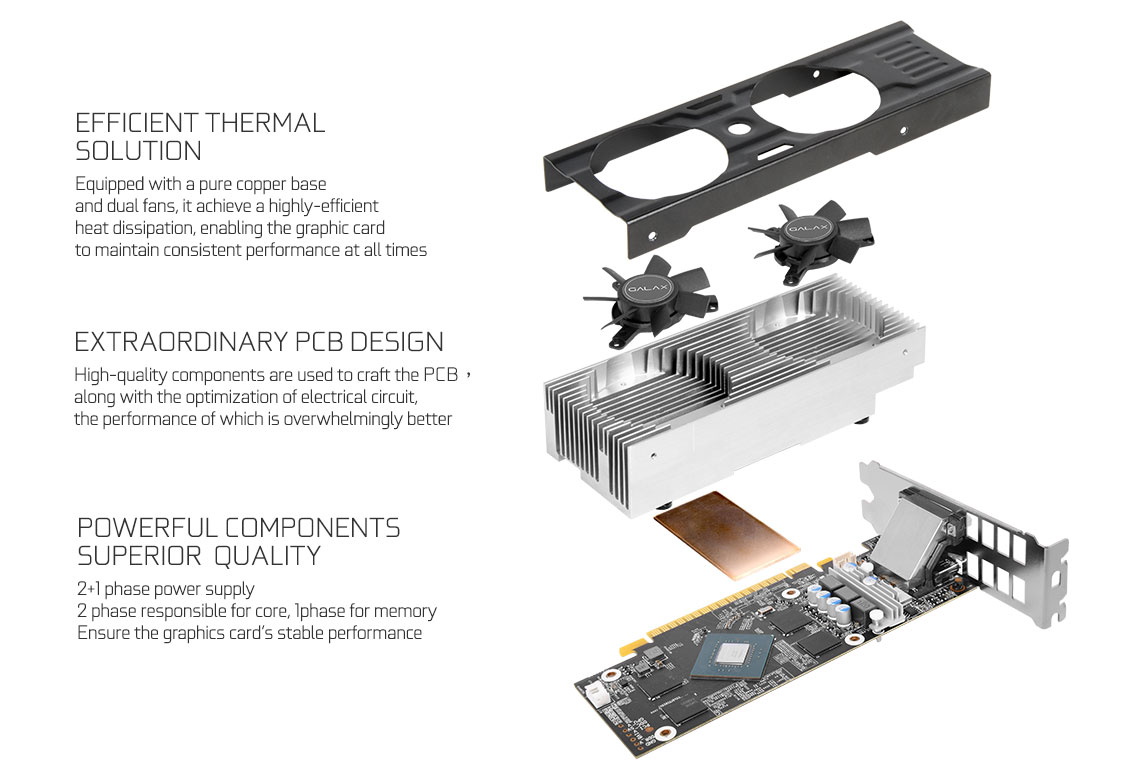
X e-LP hardware supports DirectX 12 variable-rate shading (VRS) Tier 1.

This can provide a better visual solution than rendering at a lower resolution and then upscaling, since we preserve the depth and stencil at full pixel rate. The feature enables developers to direct shader operations to the pixels that matters the most in their content. Among other use cases, this feature allows developers to reduce the number of pixel shader invocations with content that has slow varying shading parameters, or for pixels that may be blurred later in the rendering pipeline. Variable-rate shading, gives the programmer the ability to vary the shading rate independently from the render target resolution and rasterization rate.

X e-LP offers improved performance and efficiency over Gen9 and Gen11, and new features such as coarse pixel shading, tile-based rendering, and new display controller features. Intel® Processor Graphics X e-LP also supports the DirectX 11 and OpenGL* graphics APIs however, there are performance benefits and lower CPU overhead for applications that use the newer and lower level APIs such as DirectX 12, Vulkan*, and Metal 2, and also new graphics architecture features that are only available in these APIs. It is assumed that the developer has a fundamental understanding of the graphics API pipelines for Microsoft DirectX 12, Vulkan*, and/or Metal 2. The intended audience of this guide is developers who seek to optimize their interactive 3D rendering applications for Intel® Processor Graphics X e-LP. This document also provides specific API guidance for using the latest graphics APIs on Intel® Processor Graphics X e-LP.

It provides developers best practices to most effectively harness the architecture’s capabilities and peak performance. This document presents developer guidance and optimization methods for the graphics hardware architecture of Intel® Processor Graphics X e-LP.


 0 kommentar(er)
0 kommentar(er)
